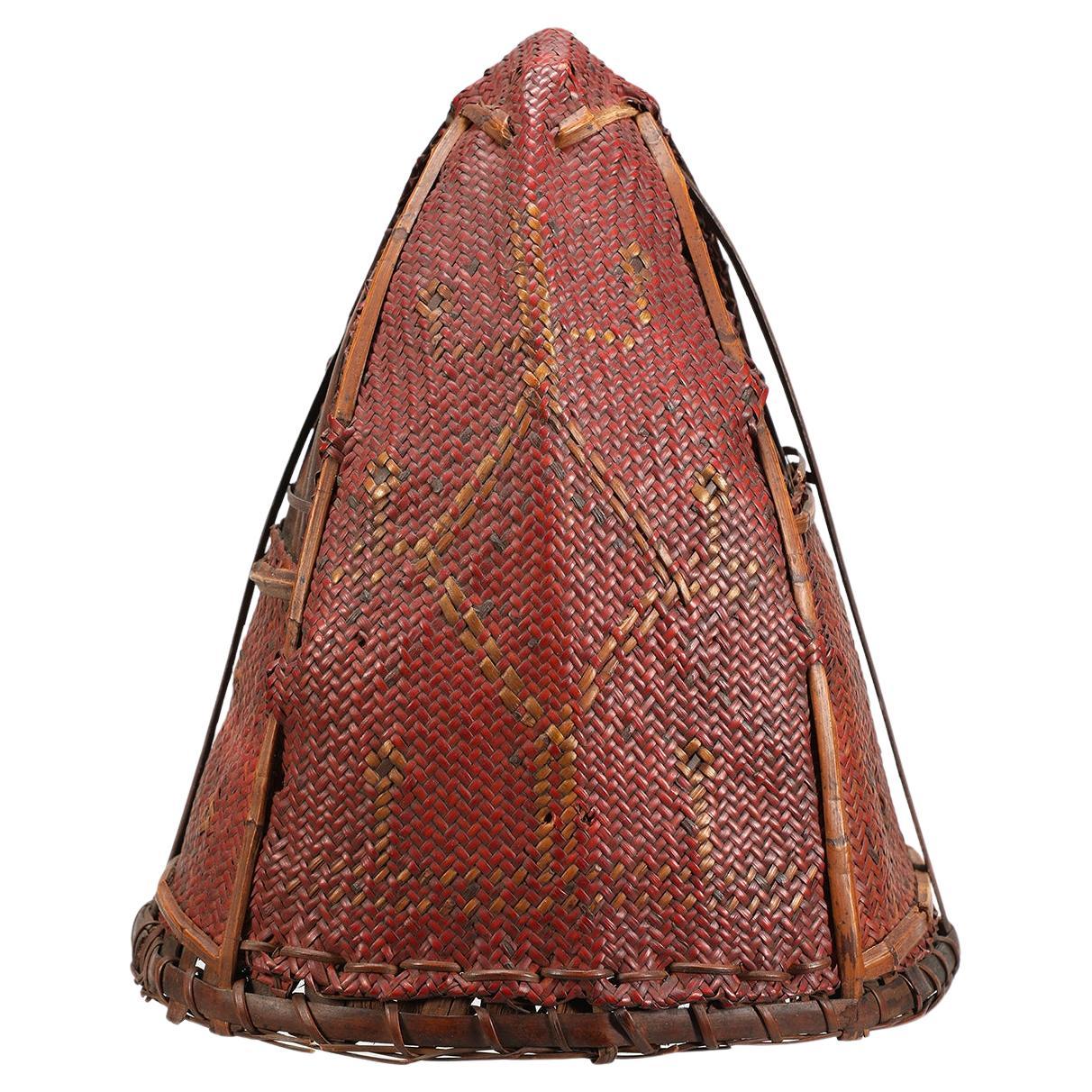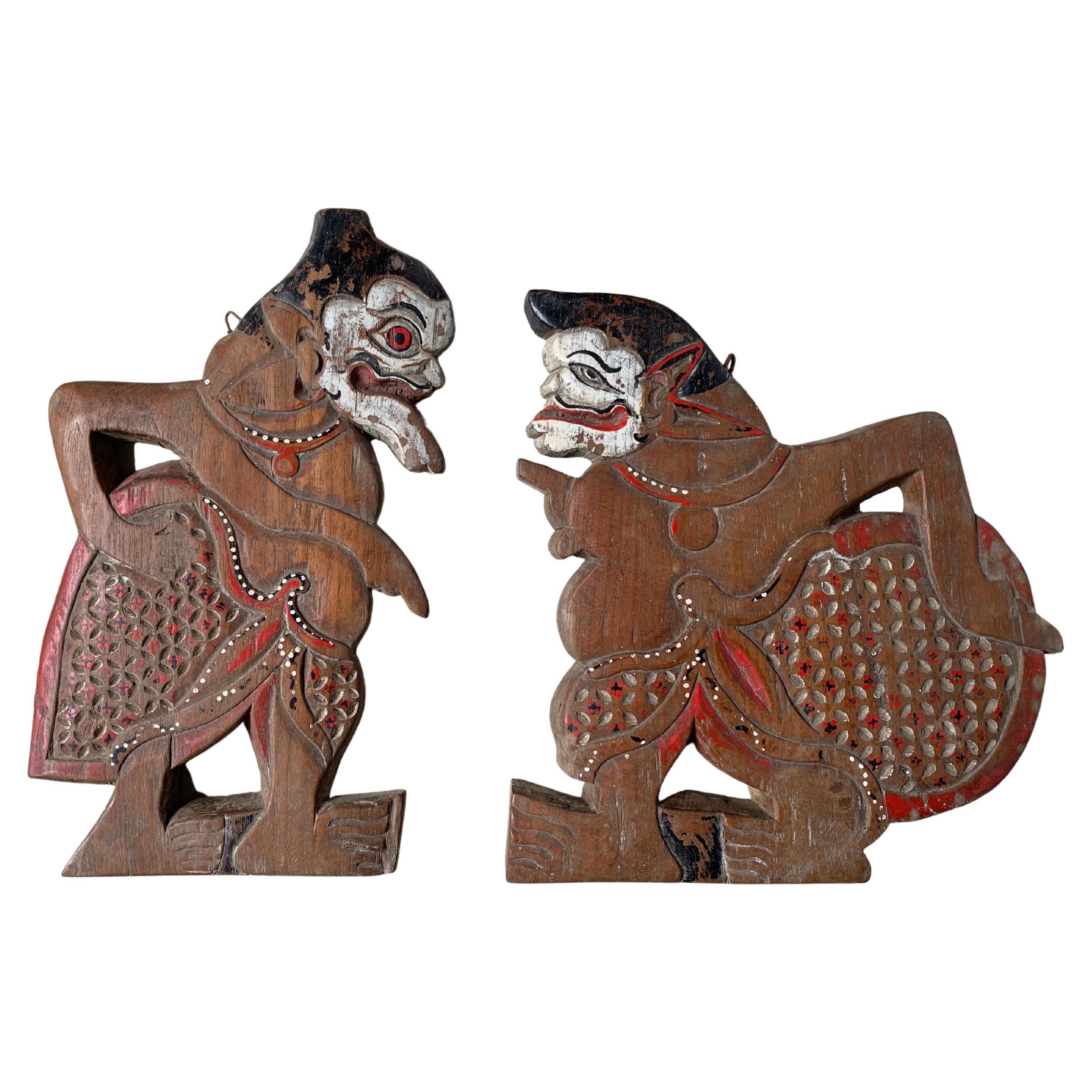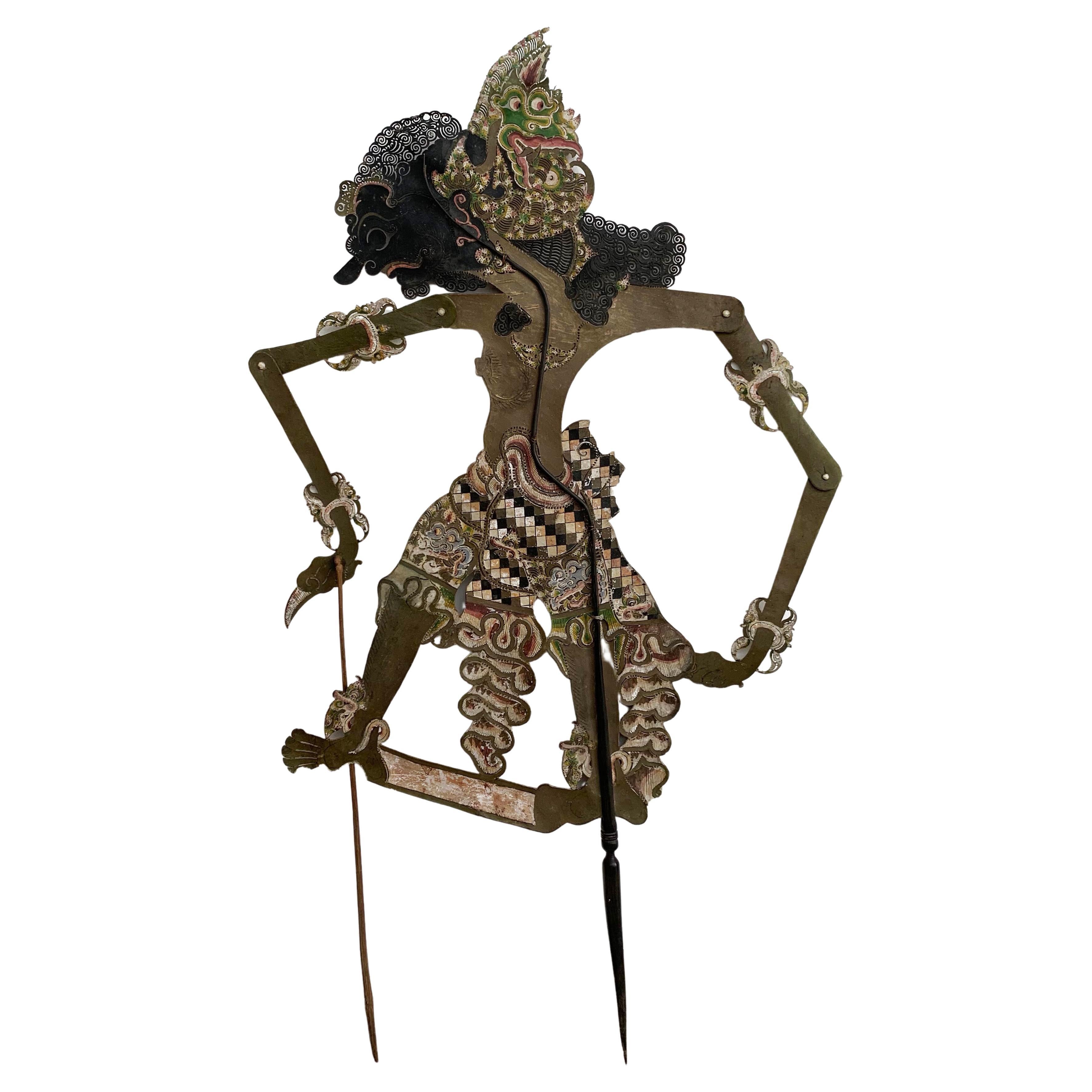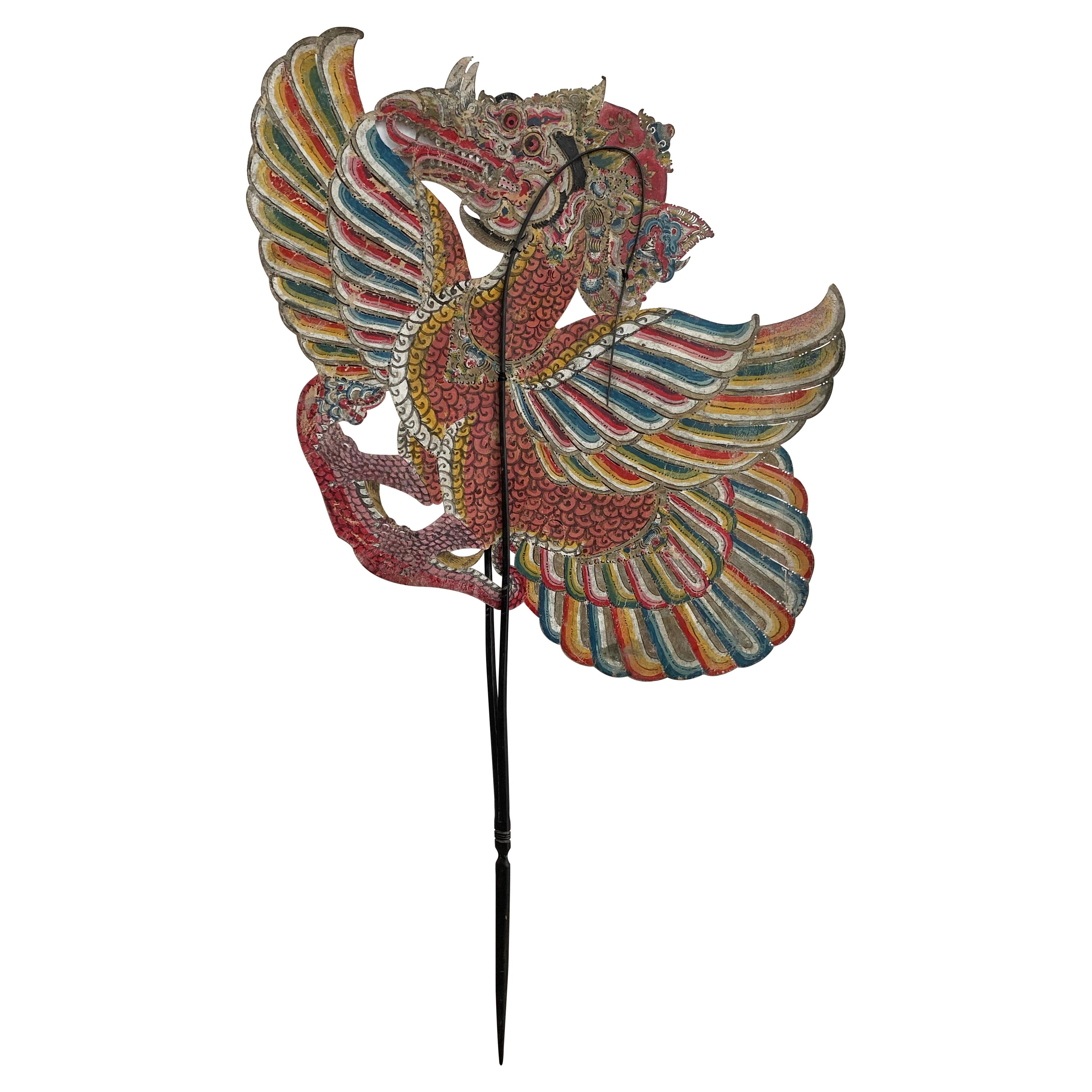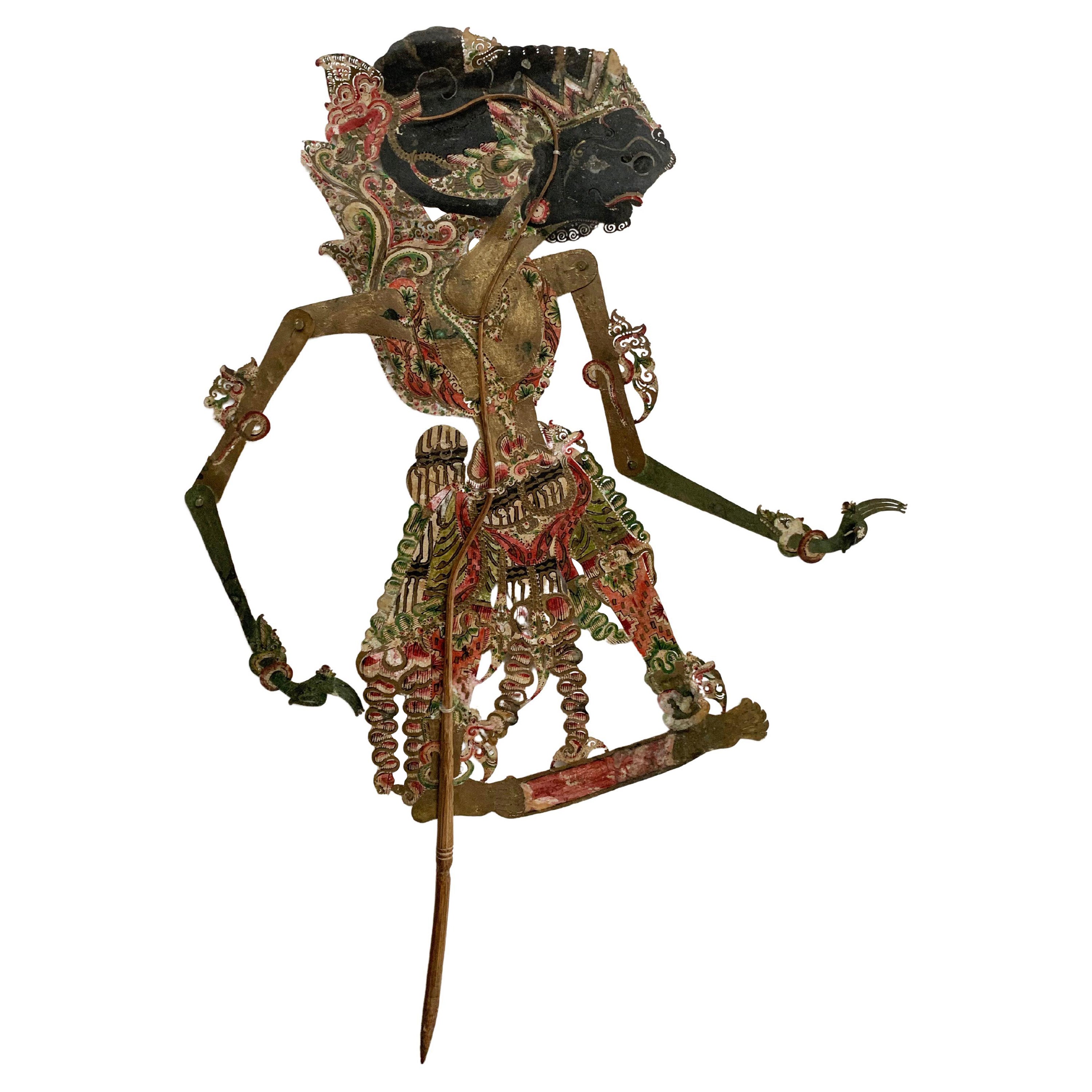Items Similar to Indonesian Tribal Anteater Form Headrest, Irian Jaya, Mid-20th Century
Want more images or videos?
Request additional images or videos from the seller
1 of 10
Indonesian Tribal Anteater Form Headrest, Irian Jaya, Mid-20th Century
About the Item
A whimsical and intriguing headrest carved from a single piece of hardwood in the form of an anteater. The curved back of the animal would have supported the neck and displays a wonderfully warm patina from tribal use.
The anteater's over sized head has been carved in a charming manner.
Found in Sumatra, but most likely traded from Irian Jaya.
- Dimensions:Height: 4.5 in (11.43 cm)Width: 13.13 in (33.36 cm)Depth: 4 in (10.16 cm)
- Style:Tribal (Of the Period)
- Materials and Techniques:
- Place of Origin:
- Period:
- Date of Manufacture:circa 1940s
- Condition:Wear consistent with age and use.
- Seller Location:Austin, TX
- Reference Number:1stDibs: LU8947791786
About the Seller
5.0
Platinum Seller
These expertly vetted sellers are 1stDibs' most experienced sellers and are rated highest by our customers.
Established in 2001
1stDibs seller since 2010
306 sales on 1stDibs
Typical response time: 1 hour
- ShippingRetrieving quote...Ships From: Austin, TX
- Return PolicyA return for this item may be initiated within 7 days of delivery.
More From This SellerView All
- Pair African Gourd Storage Vessels, Kenya or Ethiopia, early-mid 20th CenturyLocated in Austin, TXA fantastic pair of large African gourd storage vessels with native repairs, early to mid 20th century, Ethiopia or Kenya. This pair of dried and hollowed gourd vessels would origin...Category
20th Century Kenyan Tribal Tribal Art
MaterialsNatural Fiber
- Japanese Satsuma Tripod Censer, Koro, Meiji period, Early 20th Century, JapanLocated in Austin, TXA small and finely decorated Japanese Satsuma tripod incense burner (koro), signed Kyozan, Meiji period, circa 1900, Japan. The censer, koro, with a compressed body supported by t...Category
Antique Early 1900s Japanese Meiji Ceramics
MaterialsStoneware
- Japanese Kagura Dance Mask of Sarutahiko by Kiyomi Yokota, Late 20th CenturyLocated in Austin, TXA bold and powerful kagura mask of the Shinto deity Sarutahiko Okami by Kiyomi Yokota, Showa or Heisei Era, late 20th century, Japan. The mask depicts t...Category
Late 20th Century Japanese Showa Masks
MaterialsGoat Hair, Wood, Lacquer
- Mounted Indonesian Dyed Silk Lawon, Diamond Pattern, Early 20th CenturyLocated in Austin, TXA striking Indonesian silk kain lawon with a central diamond pattern, Sumatra, Indonesia, late 19th or early 20th century. The ceremonial shawl, call...Category
Antique Early 1900s Indonesian Tribal Tapestries
MaterialsSilk
- Chinese Spinach Green Jade Incense Tool Vase, Qing Dynasty, 18th/19th CenturyLocated in Austin, TXA fine and well carved Chinese spinach jade incense tool vase, Qing Dynasty, Qianlong or Jiaqing Period, 18th/19th century, China. The small jade vase ...Category
Antique Early 19th Century Chinese Qing Scholar's Objects
MaterialsJade
- Large Burmese Bronze Medicine Buddha, Pagan Style, Late 19th CenturyLocated in Austin, TXA large and magnificent cast bronze image of the Medicine Buddha, Bhaisajyaguru, rendered in the Burmese Pagan style, and most likely based on a period example that was either damaged or lost, 19th century, Burma or Thailand. He can be identified as the Medicine Buddha by the hand that rests in his lap, with his middle finger touching the thumb. A medicine pot or fruit stem would originally have been placed in his upturned palm. The face of this Buddha has been sculpted masterfully. He has a beautiful heart shaped face topped by hair neatly arranged in the typical "snail shell curls", and surmounted by a high ushnisha. Long, pendulous earlobes frame his face, a symbol of his princely past. He gazes serenely outwards from heavily lidded, downcast eyes, a content smile upon his full, lush lips. The Buddha is portrayed seated in vajrasana (full lotus position), his elegant hands displayed in varada mudra, the gesture of granting favors and fulfilling wishes. Long, exquisite fingers extended, the thumb and middle finger touching in a gesture of compassion. He is clothed in a simple kasaya wrapped around his body and over one shoulder, leaving the shoulder and part of his chest bare. The diaphanous garment clings to his body, outlining his well proportioned and graceful, almost sensuous, form. The excess material pooled in neat pleats in front of him. A sash thrown over his shoulder. He sits upon a double lotus base upon a raised platform. The platform features two kneeling attendants, usually interpreted as the monks Ananda and Kasyapa. Between them is a circular disc representing the Wheel of Dharma. Contained in the disk is a flower with eight petals, symbolizing the eightfold path, one of the principle teachings of the Buddha. The sides and back of the platform featuring a series of singha, or lions, representative of the Buddha's royal past. An applied lacquer patina covers the entirety of the image. Large deposits of ash (from incense) are present between the curls of the hair, as well as some the other crevices, indicating this image was the subject of worship for many years. Bhaisajyaguru, also called the Medicine Buddha, or Buddha of Healing, is a revered figure in the Buddhist pantheon as a master able to cure suffering, both physical and spiritual, through his teachings. The Pagan Empire ruled most of present day Burma (Myanmar) from 849 to 1297. The capital, Bagan, served as a both the center of government and religion, where Buddhism reigned supreme. Bagan was also at a crossroads of the Buddhist world, with influence from India, Nepal, Tibet, China, and even Indonesia shaping their culture. As such, Pagan Buddha...Category
Antique Late 19th Century Burmese Sculptures and Carvings
MaterialsBronze
You May Also Like
- Naga Warrior's Ceremonial Headdress, 20th CenturyLocated in Point Richmond, CAMan’s Ceremonial Headdress Naga people, Northeast India Probably 19th century Cane, yellow orchard fiber, dyed goat hair plume A handwritten...Category
Antique 1890s Indian Tribal Tribal Art
MaterialsBamboo, Natural Fiber
- Wayang Puppet Wood Carving Set, Java, Indonesia, Mid-20th CenturyLocated in Jimbaran, BaliThis wood carving set depicts mythical characters that are popular amid "Wayang" puppet shows. "Wayang" is a type of shadow puppet show originating fr...Category
Mid-20th Century Javanese Tribal Sculptures and Carvings
MaterialsWood, Paint
- Indonesian 'Wayang Kulit" Shadow Puppet, Java, Indonesia, Early 20th CenturyLocated in Jimbaran, BaliThis flat shadow puppet was crafted on the island of Java by a puppet artist using buffalo hide and mounted on bamboo sticks. It features movable arms, controlled by outer bamboo rods (however this puppet lost one of its bamboo rods over the years due to age) It was used in Wayang puppet...Category
Early 20th Century Indonesian Tribal Tribal Art
MaterialsLeather, Wood
- Indonesian 'Wayang Kulit" Shadow Puppet, Java, Indonesia, Early 20th CenturyLocated in Jimbaran, BaliThis flat shadow puppet depicts a mythical bird. It was crafted on the island of Java by a puppet artist using buffalo hide and mounted on bamboo sticks. It was used in Wayang puppet...Category
Early 20th Century Indonesian Tribal Tribal Art
MaterialsLeather, Wood
- Indonesian 'Wayang Kulit" Shadow Puppet, Java, Indonesia, Early 20th CenturyLocated in Jimbaran, BaliThis flat shadow puppet was crafted on the island of Java by a puppet artist using buffalo hide and mounted on bamboo sticks. It features movable arms, controlled by outer bamboo rod...Category
Early 20th Century Indonesian Tribal Tribal Art
MaterialsLeather, Wood
- Indonesian 'Wayang Kulit" Shadow Puppet, Java, Indonesia, Early 20th CenturyLocated in Jimbaran, BaliThis flat shadow puppet was crafted on the island of Java by a puppet artist using buffalo hide and mounted on bamboo sticks. It was used in Wayang puppet...Category
Early 20th Century Indonesian Tribal Tribal Art
MaterialsLeather, Wood
